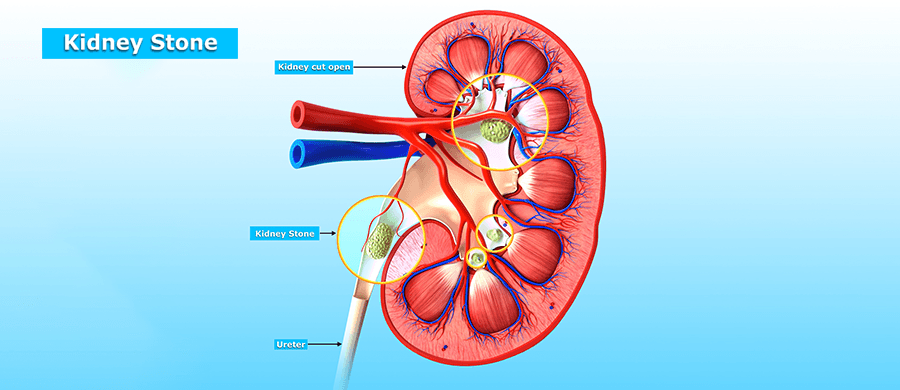
Kidney stones, those formidable foes that afflict countless individuals worldwide, have long been the subjects of curiosity and dread. These tiny crystalline troublemakers can cause excruciating pain, necessitating medical intervention for relief. Unraveling the enigma behind kidney stone formation and growth is of paramount importance, as it empowers us to prevent their insidious emergence and manage their relentless expansion. In this unconventional article, we embark on a journey through the labyrinthine depths of kidney stone science, shedding light on their elusive causes, baffling symptoms, and the array of treatment options available.
Table of Contents
- Introduction: Deciphering the Riddles of Kidney Stones
- The Intricate Interplay: Unraveling Factors that Propel Formation
- The Culinary Conundrum: Navigating the Role of Diet and Hydration
- A Symphony of Stones: Unveiling the Different Types
- From Crystals to Monoliths: Illuminating the Formation Process
- Unmasking the Telltale Signs: Decoding Symptoms and Diagnosis
- Venturing into the Abyss: Unveiling the Risk Factors
- The Silent Adversaries: Unraveling the Complications
- Arming Against the Invaders: Exploring Treatment Options
- The Path to Fortification: Strategies for Stone-Free Existence
- Conclusion: Illuminating the Way Forward amidst a Stone-Strewn Path
- FAQs
Introduction: Unveiling the Secrets of Kidney Stones

Kidney stones, also known as renal calculi, are rigid deposits that crystallize within the kidneys. Composed of a variety of substances, including calcium, oxalate, uric acid, and cystine, these stones can range in size from minuscule grains to obstructions that impede the urinary tract.
Factors contributing to kidney stone formation
The emergence of kidney stones is influenced by an intricate interplay of factors, encompassing genetics, diet, lifestyle, and underlying medical conditions. Certain genetic traits can heighten the risk of developing kidney stones, while dietary choices and habits significantly impact their formation.
The culinary conundrum: Unmasking the Role of Diet and Hydration
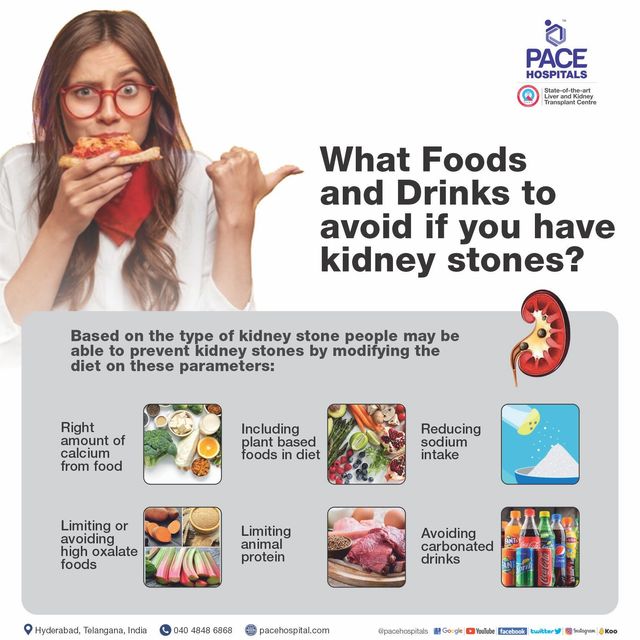
Diet plays a pivotal role in kidney stone development. Excessive consumption of certain foods, such as salt, animal protein, and oxalate-rich fare like spinach and rhubarb, can foster stone formation. Conversely, embracing a balanced diet replete with fruits, vegetables, and ample hydration can stave off the birth of these mineral marauders.
A Symphony of Stones: An Exploration of the Different Types
Kidney stones exhibit a remarkable diversity, each type characterized by its unique composition. Calcium stones, accounting for approximately 80% of cases, reign supreme among the roster. Yet, alongside them, uric acid stones, struvite stones, and cystine stones leave their indelible marks. Understanding the precise nature of the stone is pivotal for effective treatment and prevention strategies.
From Crystals to Monoliths: Unveiling the Formation Process

The genesis of kidney stones commences with the crystallization of specific substances within the urine. These nascent crystals gradually grow, coalescing into larger structures over time. The formation process is influenced by factors such as urine concentration, pH levels, and the presence of substances that either hinder or promote crystal growth.
Unmasking the Telltale Signs: Decoding Symptoms and Diagnosis
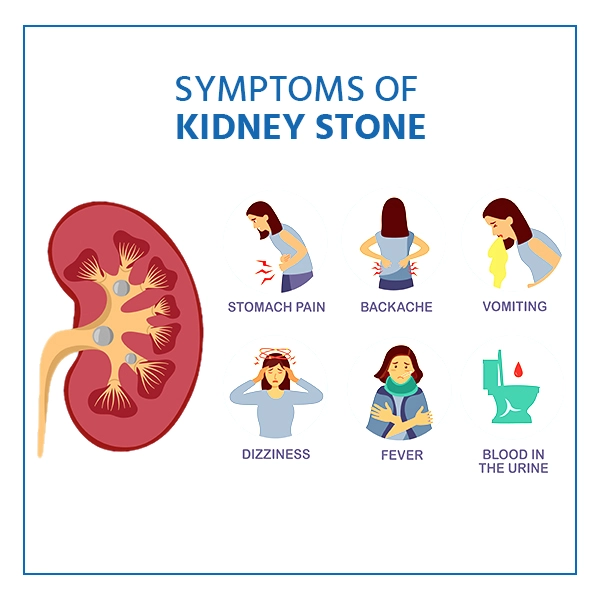
Kidney stones often unleash torment, their presence heralded by intense pain, predominantly in the back or abdomen, radiating to the groin. Additional symptoms may include hematuria (blood in the urine), frequent urination, and an unrelenting urge to urinate. Diagnosis necessitates a comprehensive amalgamation of medical history, physical examination, imaging tests, and urine analysis.
Venturing into the Abyss: Exploring the Risk Factors
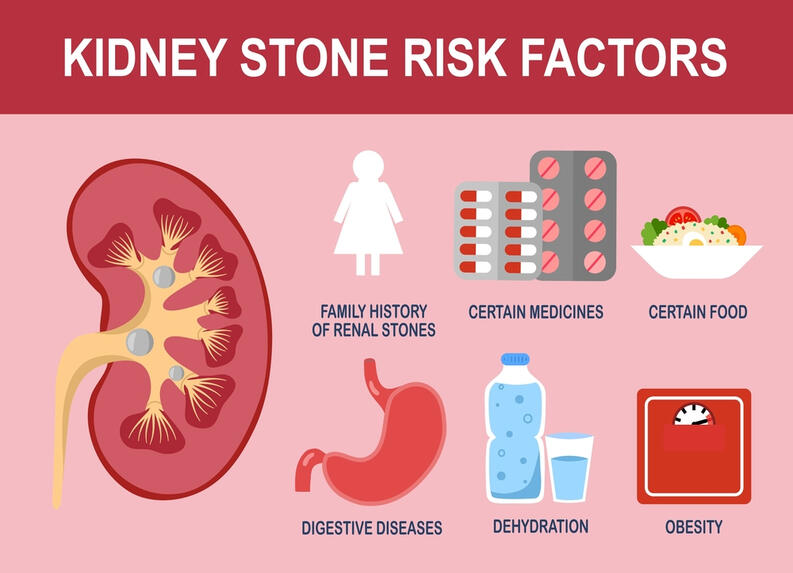
Numerous risk factors heighten the vulnerability to kidney stone formation. Among them, a family history of kidney stones, recurrent urinary tract infections, specific medical conditions (such as hyperparathyroidism or gout), and sedentary lifestyles cast shadows of concern. Identifying these risk factors empowers individuals to undertake proactive measures and reduce their propensity for kidney stone development.
The Silent Adversaries: Unveiling the Complications
Untreated kidney stones can spawn an array of complications, including urinary tract infections, kidney damage, and obstruction of the urinary tract. Timely medical intervention assumes paramount importance, warding off these perils and alleviating associated symptoms.
Arming Against the Invaders: Exploring Treatment Options
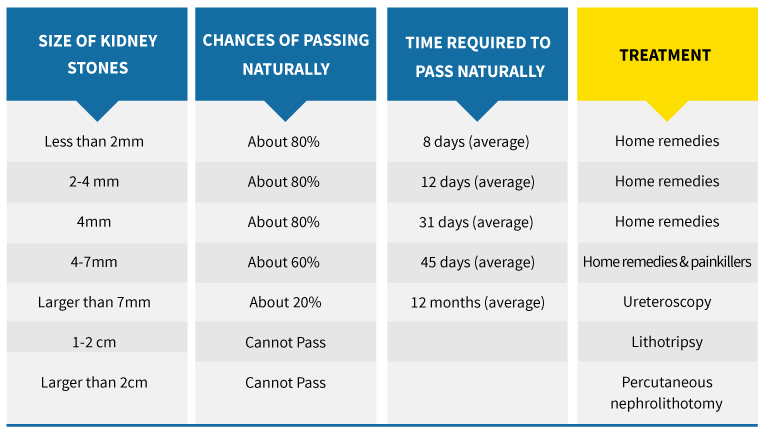
The treatment of kidney stones hinges upon variables such as size, location, and composition. Modest stones may embark on an independent journey through the urinary tract, propelled by enhanced fluid intake and pain management. Other treatment options encompass extracorporeal shock wave lithotripsy (ESWL), ureteroscopy, and surgical removal, which come into play for larger stones or instances where conservative approaches prove ineffectual.
The Path to Fortification: Strategies for a Stone-Free Existence
Preventing the formation of kidney stones calls for the adoption of healthy lifestyle habits and dietary modifications. Strategies encompass sustaining adequate hydration, curtailing sodium intake, moderating protein consumption, and sidestepping foods rich in oxalate. Collaboration with healthcare professionals grants personalized guidance tailored to individual risk factors and medical histories.
Conclusion: Illuminating the Way Forward amidst a Stone-Strewn Path
Kidney stones, albeit formidable adversaries, can be tamed through comprehension and proactive measures. By embracing a healthy lifestyle, adhering to a balanced diet, and addressing underlying medical conditions, individuals can curtail their susceptibility to these burdensome formations, ultimately reclaiming their urinary well-being.
FAQs
- Are kidney stones hereditary?
While kidney stones themselves do not possess a hereditary nature, certain genetic factors may amplify an individual’s predisposition to develop them. Delving into one’s family history sheds light on the likelihood of encountering kidney stone encounters.
- Can increased water consumption prevent kidney stones?
Certainly, quenching one’s thirst holds the key to kidney stone prevention. Optimal hydration acts as a guardian, diluting the urine and thwarting potential crystal configurations.
- Can kidney stones be naturally dissolved?
The realm of natural dissolution proffers hope for diminutive kidney stones. By augmenting fluid intake and assuaging discomfort, these microscopic interlopers may venture forth unassisted. However, larger stones frequently necessitate a more strategic approach, involving medical intervention or surgical extraction.
Leave a comment